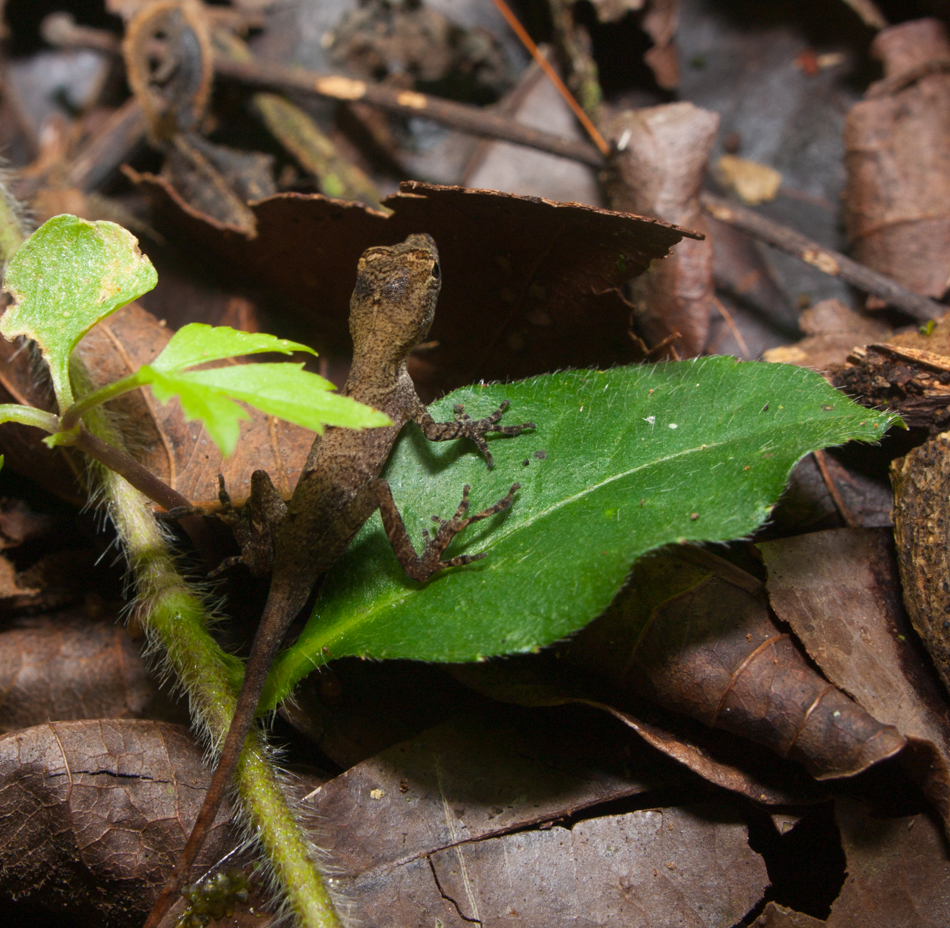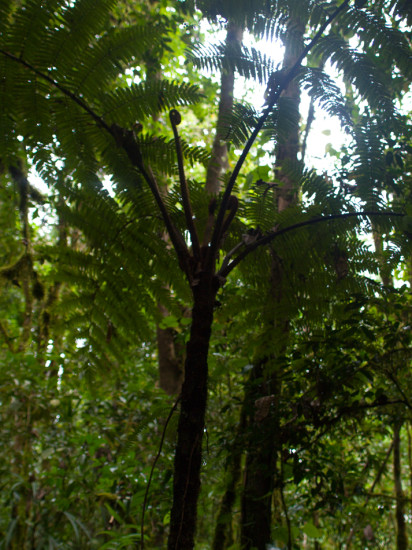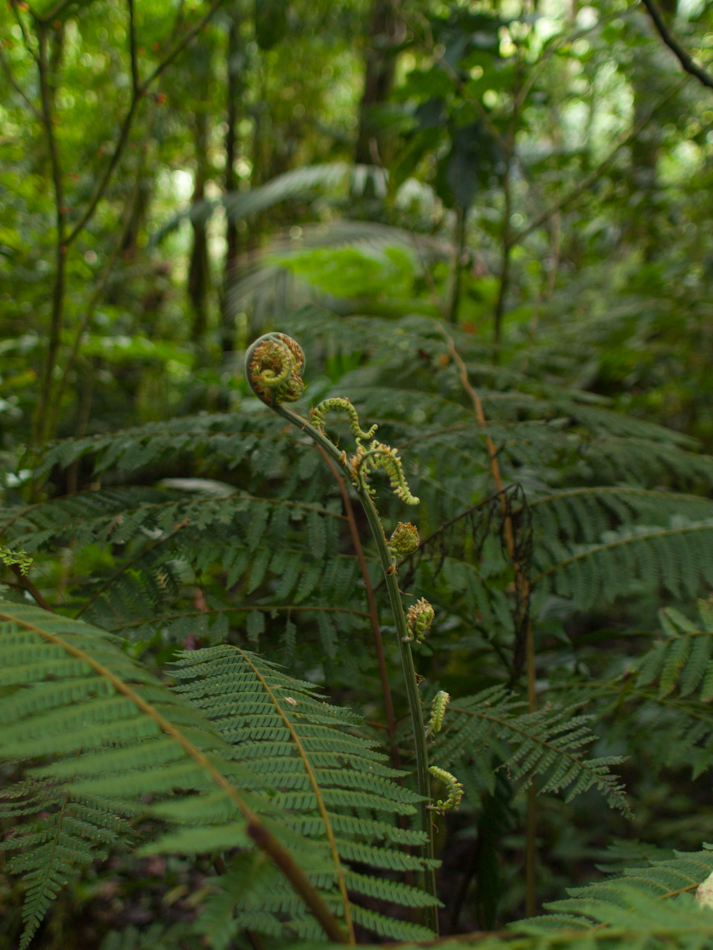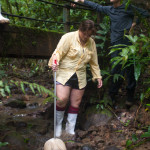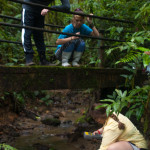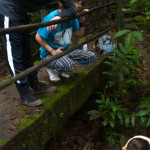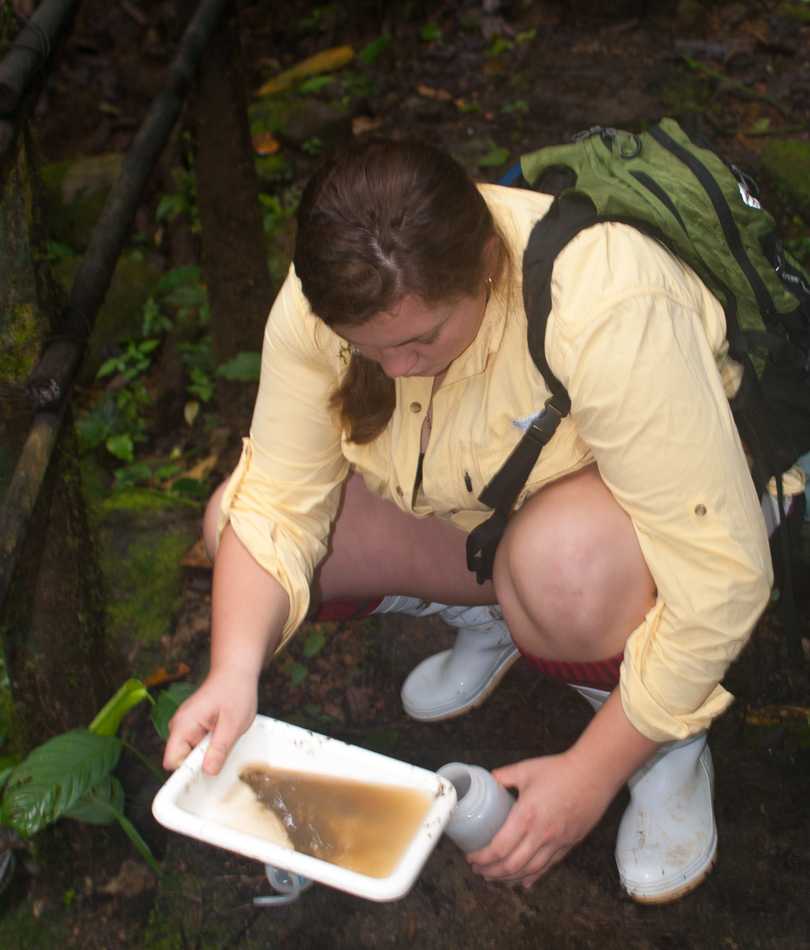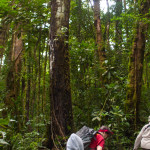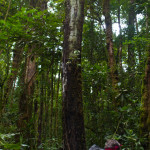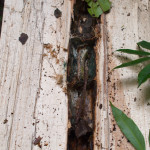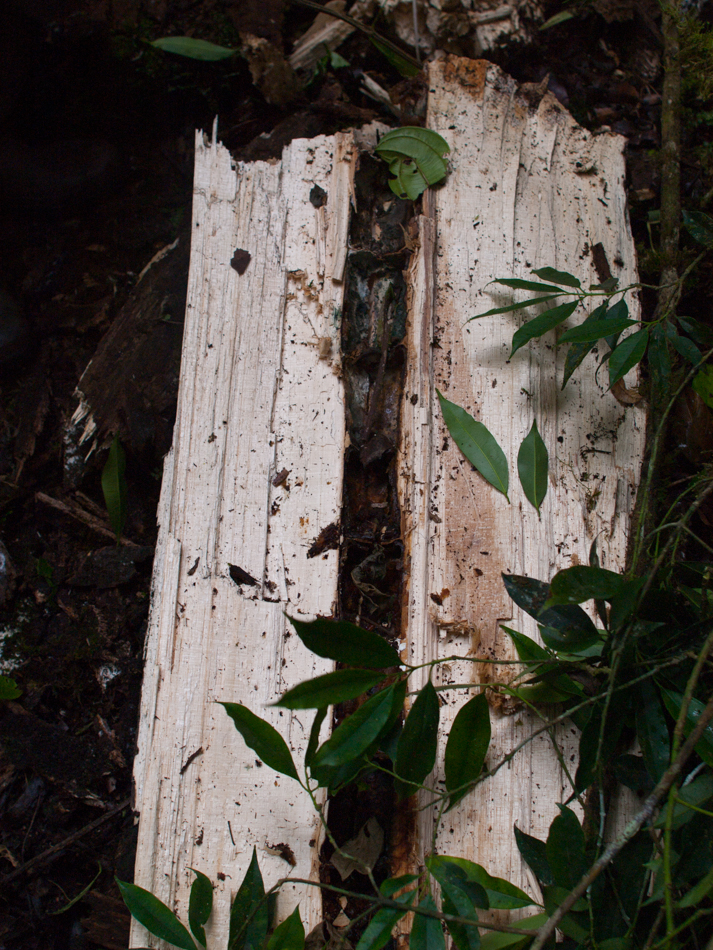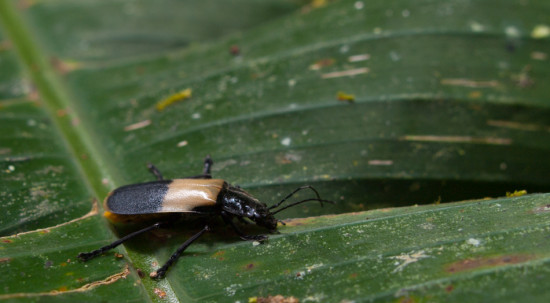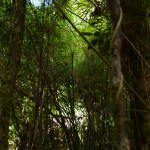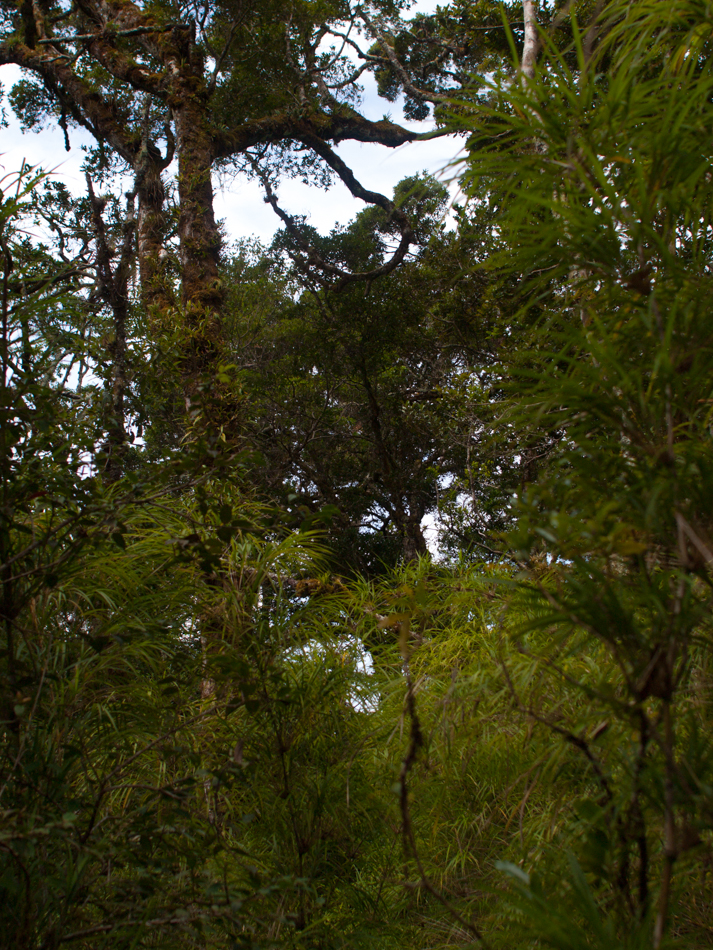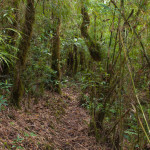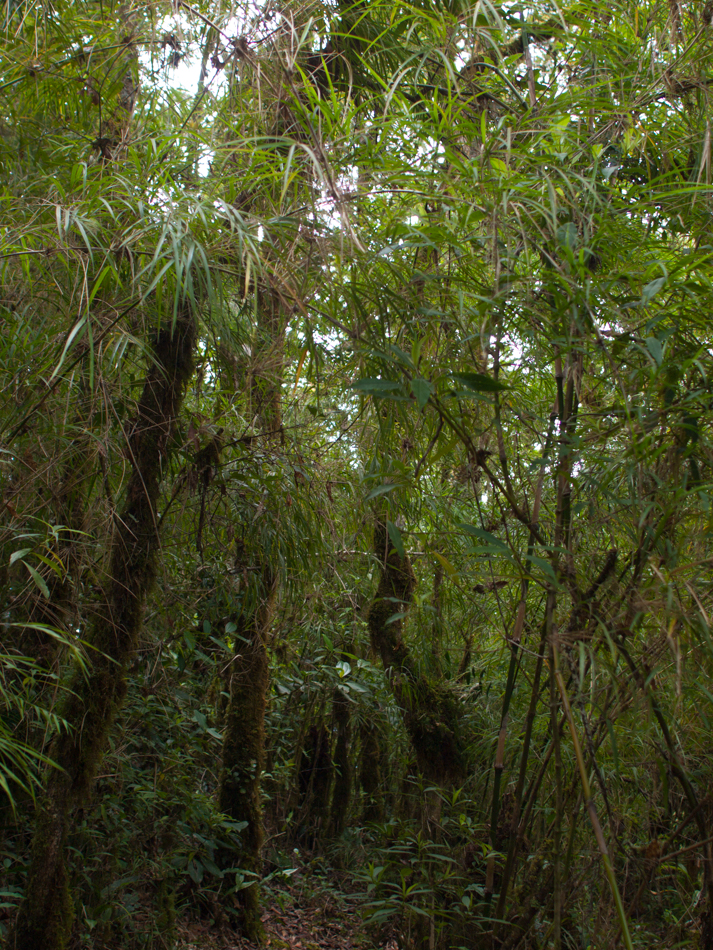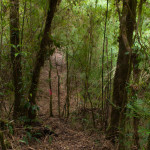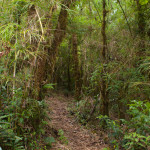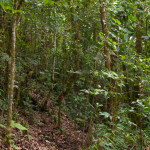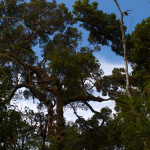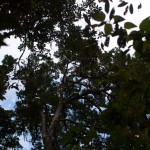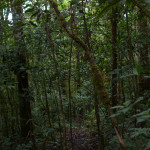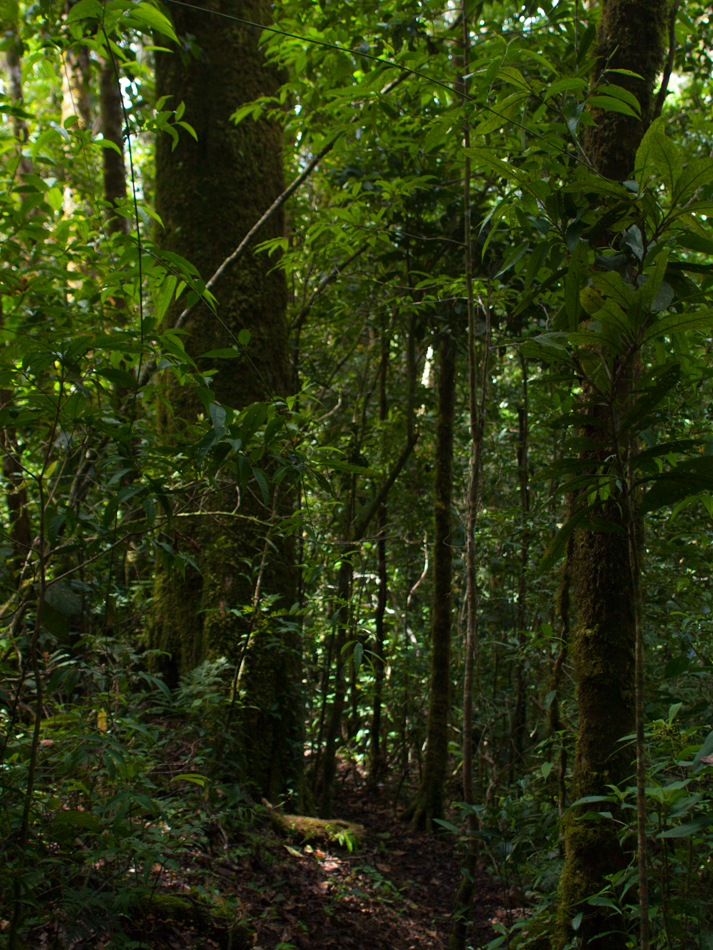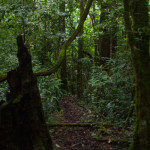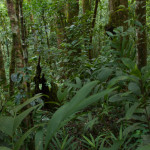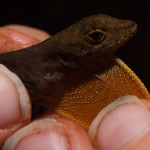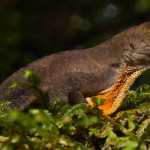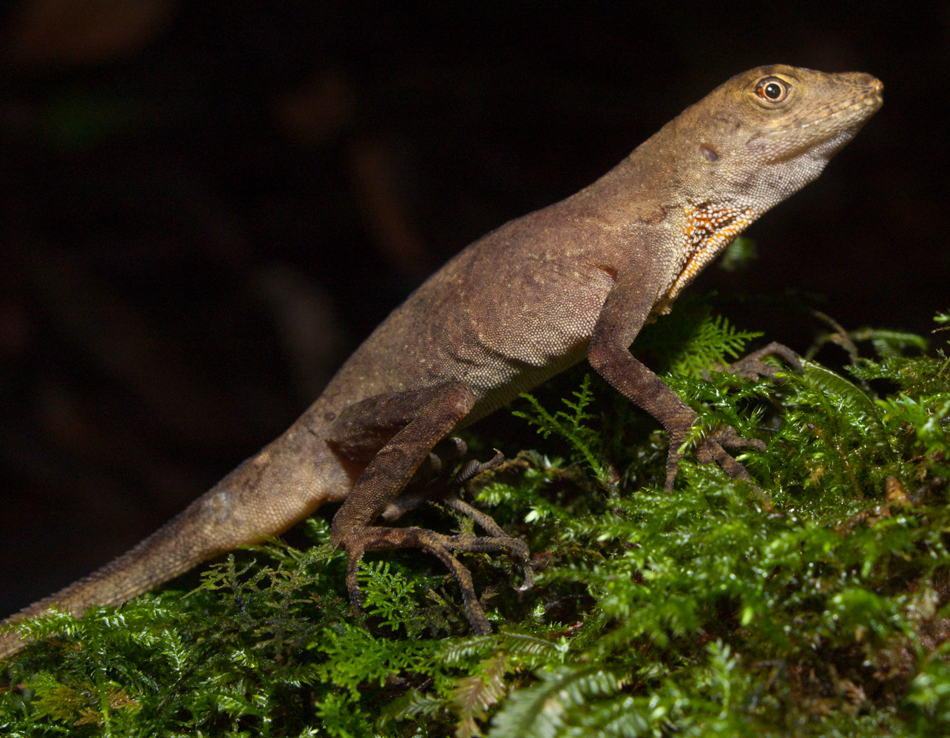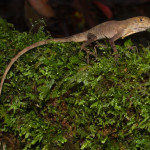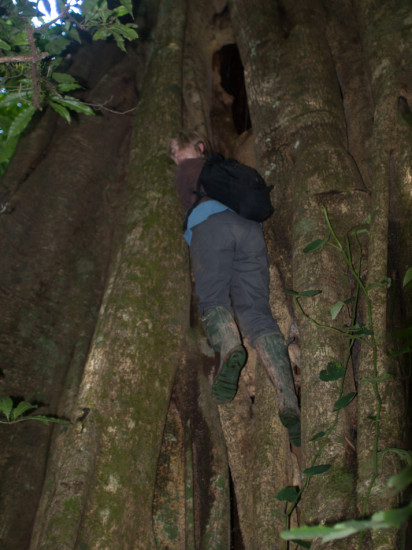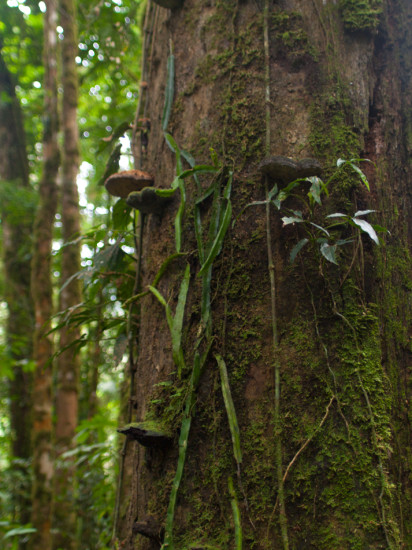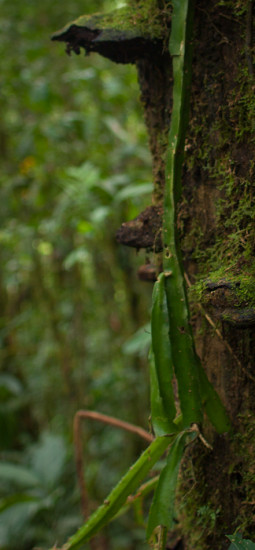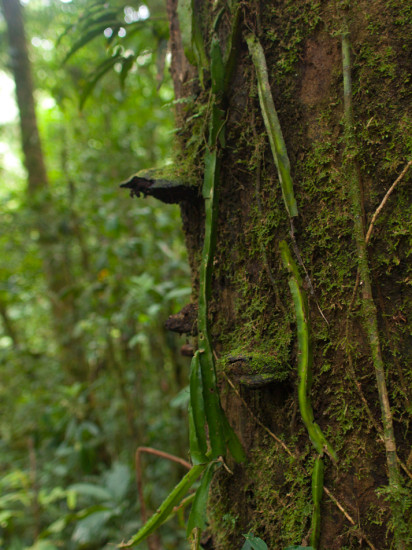Monthly Archives: July 2013
More tree ferns
Mayfly communities in premontane, headwater streams
Under the guidance of Andy, a graduate of University of Akron and soon-to-be post-doc at University of Chicago, Alicia collects and investigates mayfly (Ephemoptera) communities within headwater streams at Las Cruces.
Big, dead Cecropia
Cecropia is a genus of tropical tree that quickly grows in light gaps and often has some interesting relationships with symbiotic Azteca ants. There are presumibly three species in Costa Rica, and two of the species are the subject of study for several students here with NAPIRE. The third species (maybe) occurs at higher elevations, like at Las Alturas, and the group mentor, Cynthia Saugers, found several specimen. We also came across an extremely large, but recently deceased, specimen here. Most of the time, the diameter of these trees don’t get seem to get more than about 30 cm in diameter (at least from my glancing observations as an aquatic ecologist…).
Lampyrid beetle
Sendero Chai: A transitional mountain hike
The station at Las Alturas sits adjacent to La Amistad, and there are a few trails (senderos) that meander into the primary forests of the reserve. One such trail is Sendero Chai, a straight hike up about 600 m to the peak of Cerro Chai at 2100 m asl. The trail brings one through several forest types, beginning at tropical, premontane wet forest, and ending in some shrub forest at the peak, because these forest types are linked with elevation. It’s an astonishing 2.5 kilometer journey.
Mixed between the peak forest-type and the wet forest is some montane oak forest and a thin band of bamboo-oak. The wet forest has many large strangler figs and Cedrela, amongst other species. I believe the high elevation oaks are Quercus costaricensis, but there are several species of oak in high elevation locations throughout Costa Rica. When passing through the oaks, the forest become a bit quieter and the forest floor feels thick and soft; there is a thick layer of leaf litter that accumulates in these forests, and the litter absorbs sounds like snow. These habitats are my favorite terrestrial types because of their calm nature and tannin-y smells. Cerro de La Muerte sits in this habitat type, but Sendero Chai was the first time I was able to clearly observe transition between forest types.
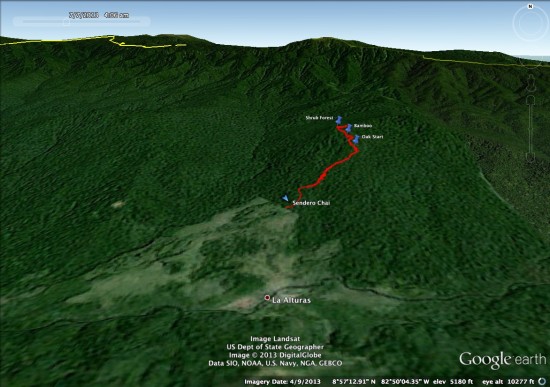
Here are some photos from each forest type, starting from the top, shrub forest, working through bamboo and oak, and finishing with wet forest.

